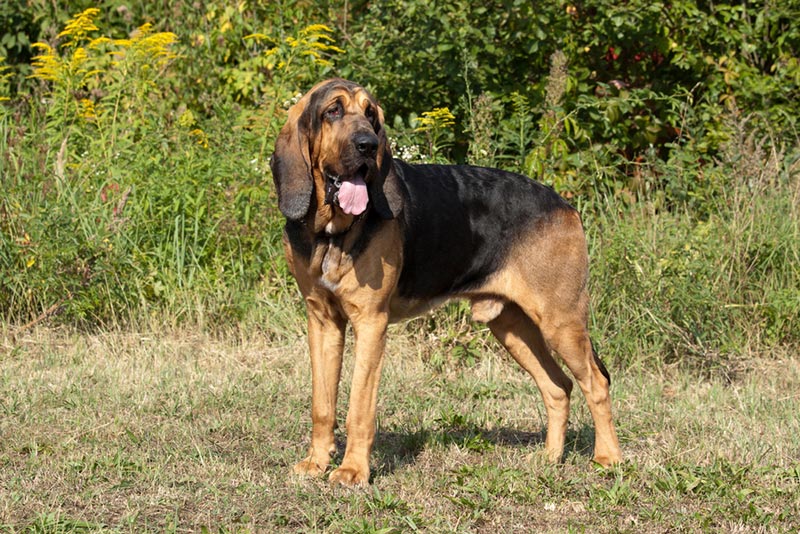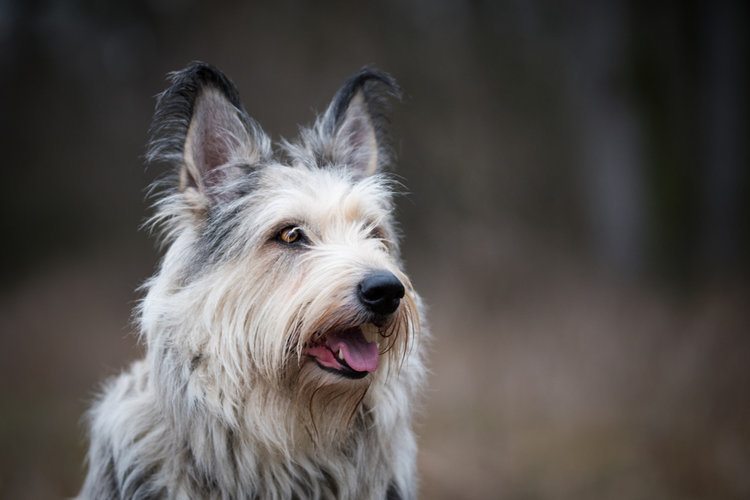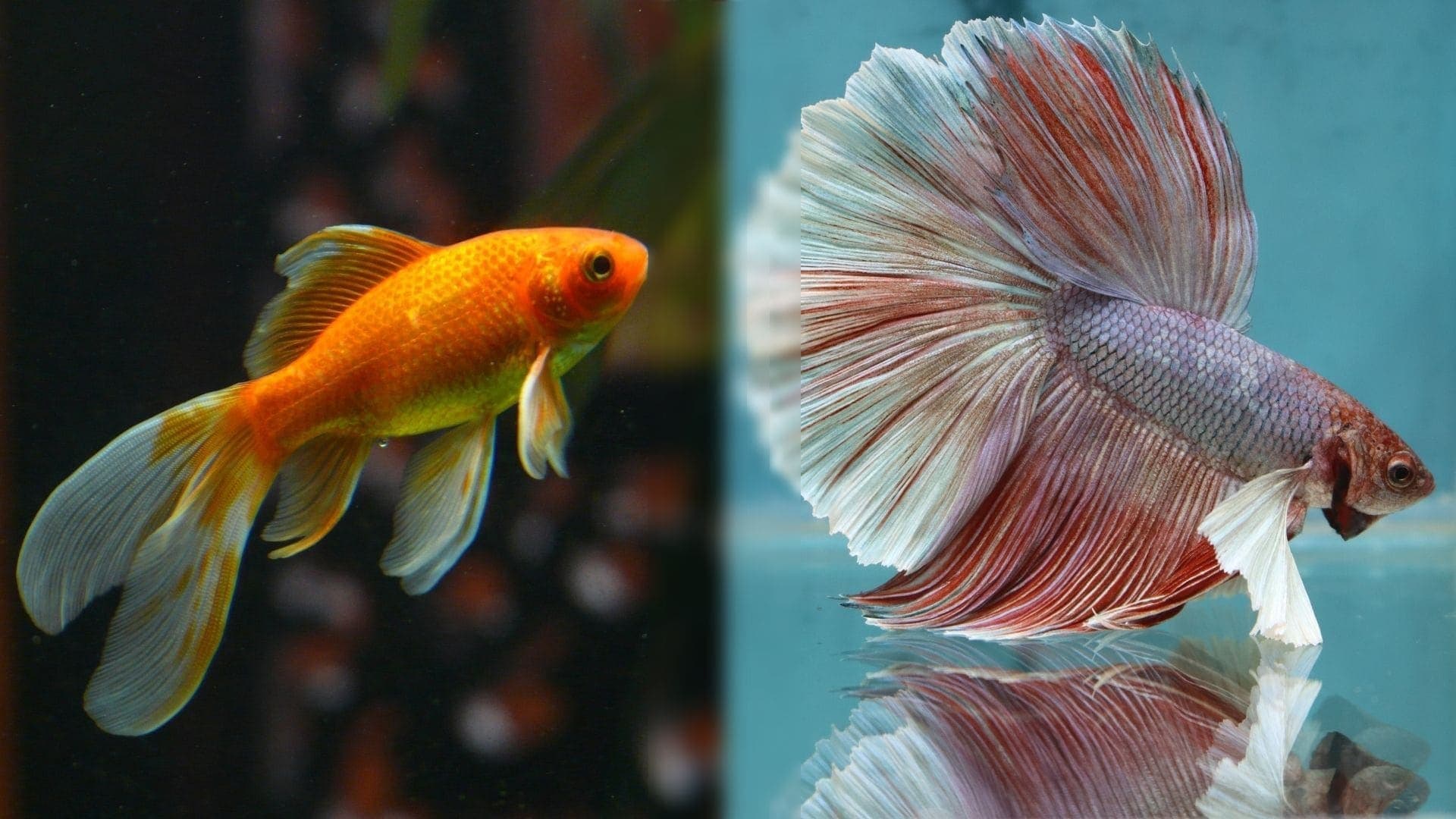Swedish Vallhund vs. Corgi: What Are the Differences (With Pictures)
By Jordyn Alger
Updated on
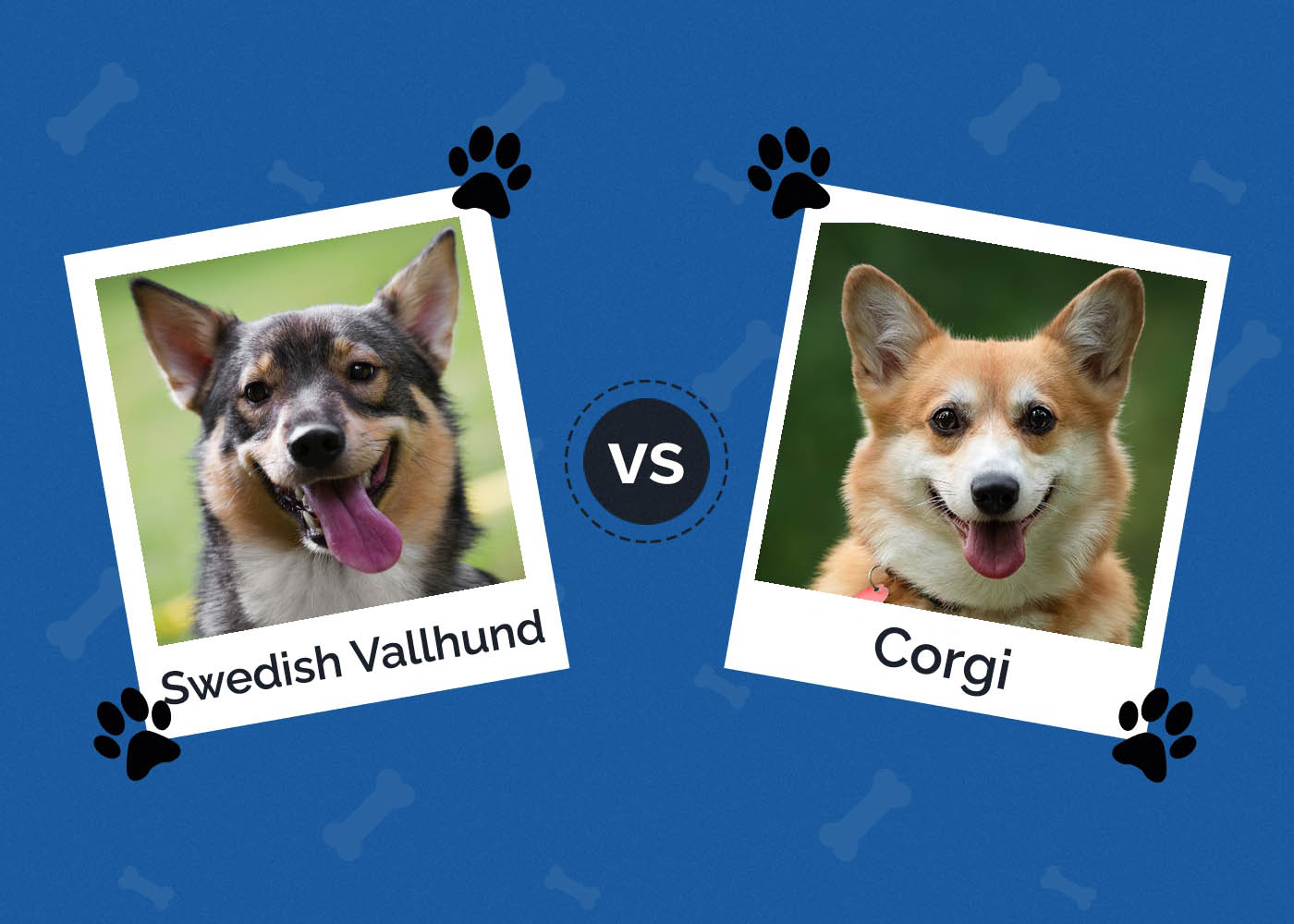
Click to Skip Ahead
When you spot a wolf-faced dog with a long, low body, it can be hard to tell whether it is a Swedish Vallhund or a Corgi. Both breeds are of similar size and stature, with friendly dispositions and energetic natures. However, there are some notable differences between the Swedish Vallhund and the Corgi. The Swedish Vallhund is better with younger children than the Corgi, but the Corgi cohabitates better with other dogs. Swedish Vallhunds tend to drool more, whereas Corgis bark much more often.
These are just some notable differences between these short and stout breeds. Keep reading below if you are curious to learn more about each breed to determine which is perfect for your home.
Visual Differences
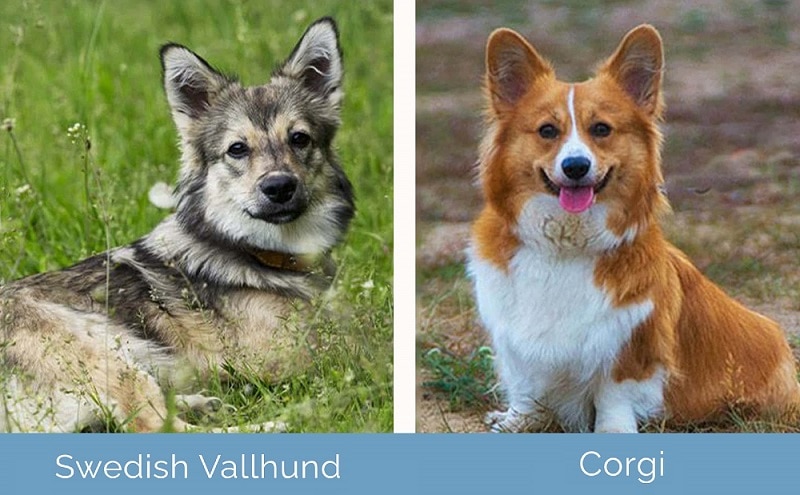
At a Glance
- Average height (adult): 5–13.75 inches
- Average weight (adult): 20–35 pounds
- Lifespan: 12–15 years
- Exercise: 1+ hour per day
- Grooming needs: Moderate
- Family-friendly: Yes
- Other pet-friendly: Moderately
- Trainability: Intelligent and eager to please
- Average height (adult): 10–12 inches
- Average weight (adult): Up to 30 pounds
- Lifespan: 12–13 years
- Exercise: 1+ hour per day
- Grooming needs: Moderate
- Family-friendly: Yes
- Other pet-friendly: Yes
- Trainability: Intelligent and eager to please

Swedish Vallhund Overview
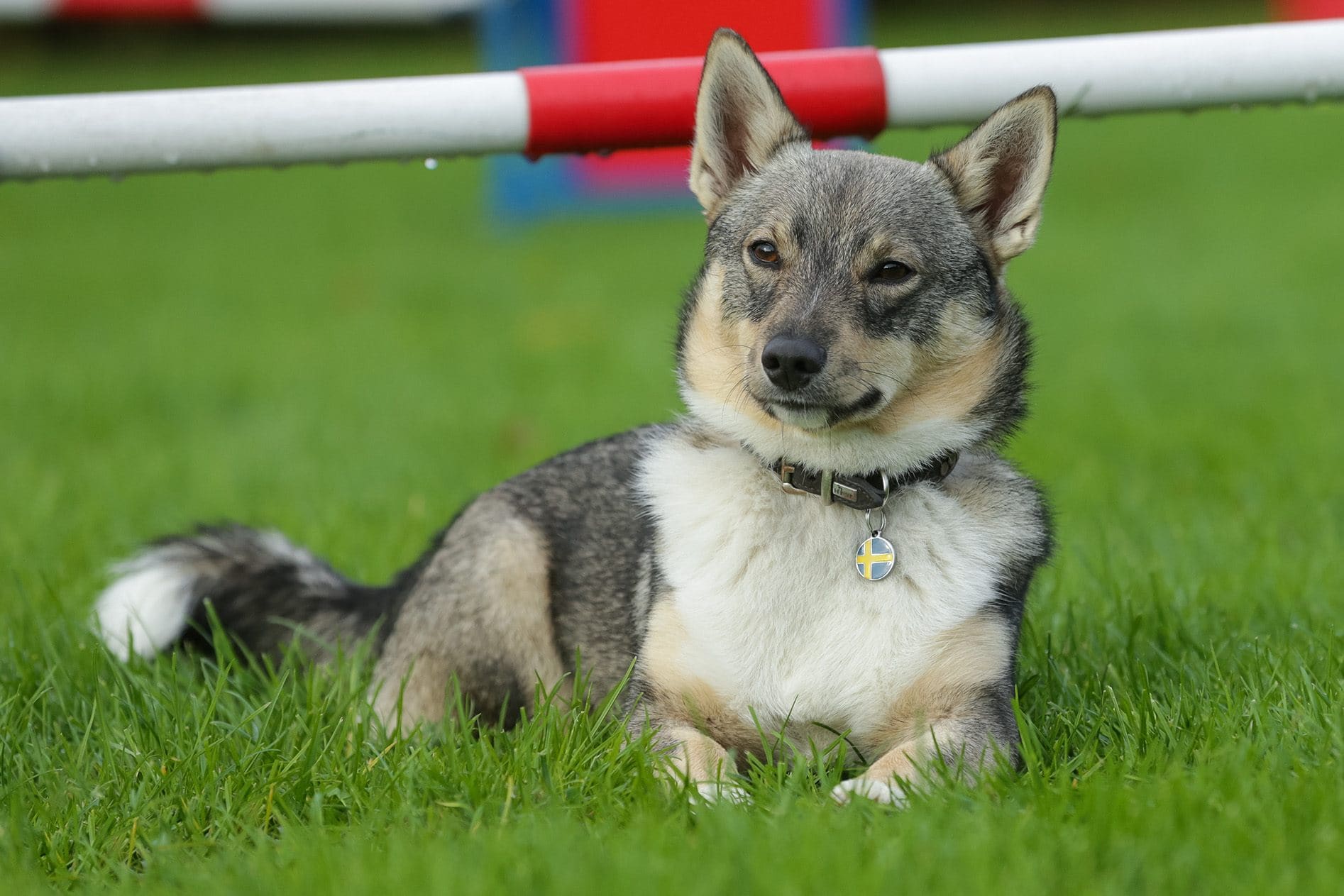
Swedish Vallhunds have a long history of providing companionship for humans. As far back as a thousand years ago, they were put to work as farmhands and cattle dogs in Sweden. Today, while the Swedish Vallhund still retains its strong herding instincts, it is often brought home to be a loving companion. Swedish Vallhunds are adored for their thick, sable coats and endearing personalities, making them excellent pets for all sorts of family dynamics.
Personality / Character
As a herding dog, the Swedish Vallhund is full of energy. Although they need an outlet for their high energy, they are adaptable enough to thrive on sprawling farmland or in a tiny apartment. They are also known to be a bit vocal, although not as vocal as the Corgi.
Swedish Vallhunds have friendly dispositions and are eager to please their owners. Their agreeable personalities make them excellent companions for single individuals and families. This breed is incredibly affectionate with their families and behaves appropriately around younger children. If you have multiple pets in the home, the Swedish Vallhund can also adapt to their presence.
Exercise
As mentioned, the Swedish Vallhund is an energetic canine. However, the amount of activity a Swedish Vallhund wants to engage in can vary depending on the dog. Some Swedish Vallhunds require more exercise than others, so evaluating on a case-by-case basis is important.
The Swedish Vallhund still requires regular exercise. Due to the breed’s low body and stubby legs, they shouldn’t be encouraged to run for prolonged periods. Instead, playing fetch or taking a brisk walk is ideal for getting the pup moving.
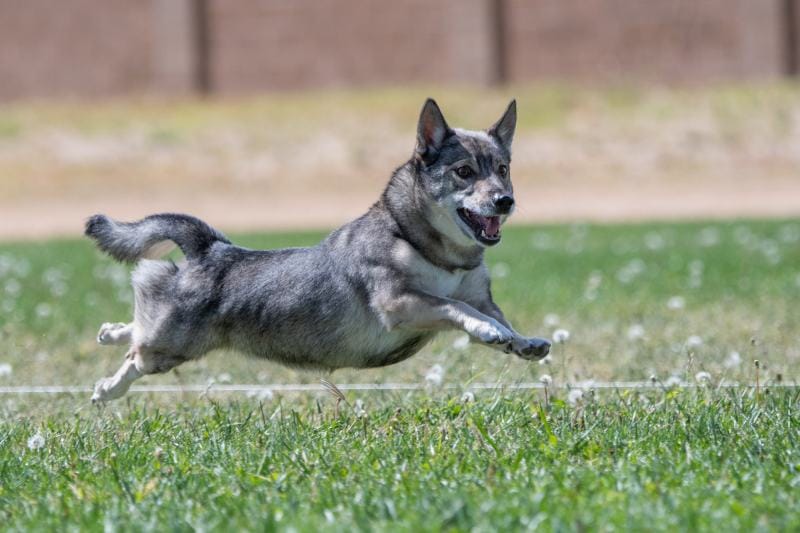
Training
Training the Swedish Vallhund and playing games with them are two excellent ways to keep them busy, as their keen mind always wants to accomplish tasks. Likewise, puzzle games can also keep them mentally stimulated.
Training the Swedish Vallhund isn’t especially challenging since they’re intelligent and eager to please. Positive reinforcement is the best way to train the happy pup. The Swedish Vallhund can occasionally be willful, so learning how to convince them to work with you will be your first step to successful training.
Health & Care
When it comes to grooming, Swedish Vallhunds are typically easy to manage. They need an occasional brushing and bath, and they will shed their undercoat around twice yearly.
As for health conditions, two of the main complications to watch out for are hip dysplasia and progressive retinal atrophy. Progressive retinal atrophy is commonly associated with the breed, and it’s a genetic disease. With this disease, a Swedish Vallhund will experience blindness, so it is important to have genetic testing done to ensure their health.
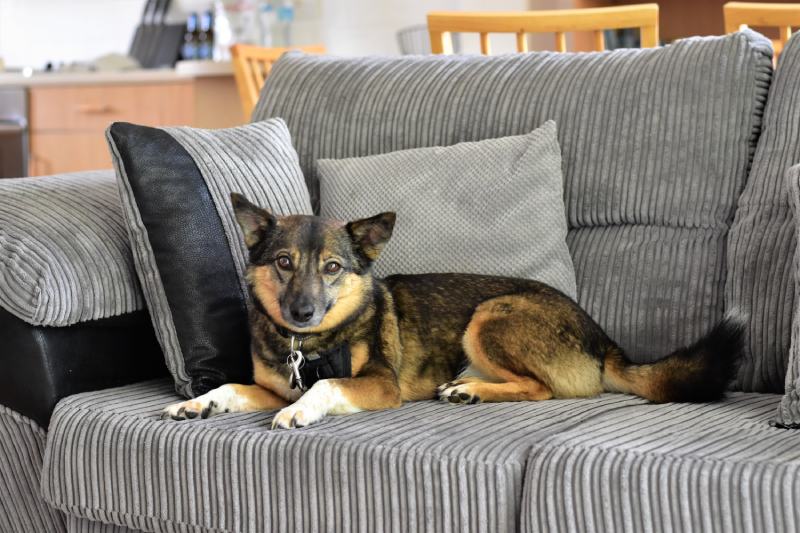
Suitable For:
Since the Swedish Vallhund is a herding dog, it thrives best in active households. They can adapt to any housing situation (apartment or otherwise) if they have an adequate outlet for their energy. Swedish Vallhunds also do excellently with young children, so growing families may enjoy this breed as a family dog. Although the dog is biddable, it is not recommended for first-time dog owners, as the powerful herding instincts can be difficult for a novice dog trainer to manage.
Corgi Overview

Almost everyone in the world knows about the Corgi. This adorable little dog has blown up the internet and can be seen in almost every other hilarious or heartwarming dog video. Bred originally as a herding dog, the modern Corgi is often kept as a companion animal.
Personality / Character
The Corgi is a sensitive, intelligent dog who loves being around their favorite humans. They are affectionate with family and willing to entertain friendships with strangers. They are also alert dogs that will bark a lot, so getting a head start on training will be essential.
Like the Swedish Vallhund, the Corgi is energetic. Their herding instincts may cause them to herd family members, and sometimes they can be bossy with other pets. However, this behavior can be managed with proper training so your Corgi is well-behaved, sweet, and affectionate.
Exercise
Despite the Corgi’s small size, they are a strong, athletic breed. This can be attributed to their original purpose as a herding dog that required plenty of energy and stamina. Corgis love playing games and are most satisfied when there is a job to be done. Your Corgi will benefit from a moderate amount of daily activity. Ideal activities that your dog can participate in include long walks, slow jogs, or games such as fetch.

Training
Early training and socialization are highly recommended with the Corgi. This will help them grow into a well-behaved, well-adjusted adult. Although the Corgi is intelligent and eager to please, they can also have a mind of their own. Due to this stubbornness, it is recommended that more experienced dog owners bring the Corgi home as opposed to new owners.
Health & Care
In terms of grooming, the Corgi requires regular brushing and sheds a lot. Brushing their hair every day will prevent tangling and reduce the amount of loose hair in your home. Typically, the Corgi is a healthy breed. Like the Swedish Vallhund, hip dysplasia is a condition to watch out for. In addition, you should be aware of the signs of degenerative myelopathy and von Willebrand’s disease.
Degenerative myelopathy is a condition in which the spinal cord is affected, possibly leading to paralysis. As for von Willebrand’s disease, it is a bleeding disorder that leads to a protein deficiency that impedes the body’s ability to form a clot.

Suitable For:
Like the Swedish Vallhund, the Corgi will do best in an active household. They will also do well with other pets and young children, which makes them ideal for large families. Due to the excessive amount of shedding, the Corgi is not recommended for people who suffer from dog allergies. It is also best for more experienced dog owners to bring the Corgi home rather than novices since they benefit from dedicated and confident training.
Which Breed Is Right for You?
Since there are so many similarities between the Swedish Vallhund and the Corgi, it can be difficult to determine which dog is right for you. Both breeds require active households and experienced dog owners. Similarly, they are both affectionate breeds with lots of love to give to their families.
One of the most notable differences between the Swedish Vallhund and the Corgi is that the Corgi barks much more often. That means that you will need to get a head start on training if you are to manage this behavior. On the other hand, since the Swedish Vallhund is less popular than the Corgi, it may be more challenging to get your hands on the breed.
In the end, both dogs are remarkably similar in terms of appearance and personality. No matter which canine you choose, you will have an affectionate, loving friend for life.
Featured Image Credit: (L) Vera Reva, Shutterstock | (R) Viola Ater, Shutterstock


